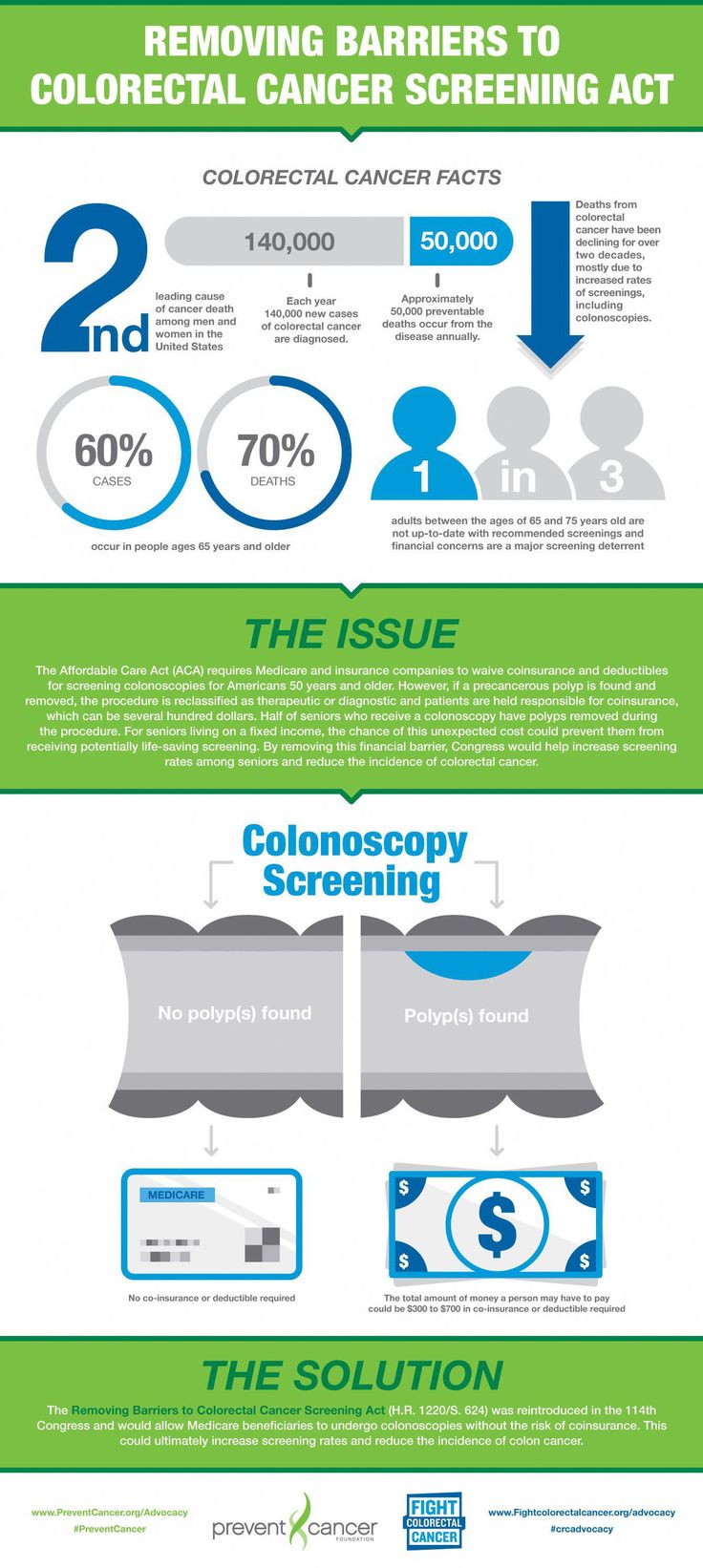Risks Of Cold Laser Therapy
Risks Of Cold Laser Therapy
Blog Article
Common Conditions Dealt With With Cold Laser Technique
Cold laser therapy seems like a new-age treatment, yet it's been around for more than 4 years. It's safe, pain-free and effective in promoting a selection of tissue cells that promote healing.
Known as low-level laser treatment (LLLT), cold laser modern technology appears like a flashlight and is made use of by physiotherapists, chiropractors and dental practitioners. It's an exceptional treatment choice for patients who intend to reduce pain, reduce inflammation and rise function without medication or surgical procedure.
Joint inflammation
Cold laser treatment utilizes light to stimulate the cells in the body. It is frequently used to soothe discomfort, accelerate recovery and reduce inflammation in injured cells. Our advanced equipment, called low-level laser treatment or LLLT, utilizes light of specific wavelengths that are secure for your skin.
The power of the light waves permeate deep into the cells where they can activate positive responses that enhance recovery, such as boosting blood flow to the location. It likewise turns on the mitochondria within your cells, providing more power and boosting your body's all-natural healing procedures.
Unlike opioid medicines, which mask discomfort briefly, cool laser treatment actually heals broken tissues, resulting in long-term relief of your signs. Therapy sessions take just a few mins, and you'll be safeguarded by safety glasses during your therapy.
Tendinitis
Tendonitis is an uncomfortable condition defined by swelling of the tendons, bands of strong connective cells that connect muscle to bone. Signs and symptoms include discomfort, swelling and lowered function. Therapy alternatives include remainder, covering or elevating the afflicted location, icing and medicine (consisting of anti-inflammatories).
Cold laser therapy promotes cells in the damaged area to enhance the manufacturing of power (ATP) and decrease swelling. It additionally increases blood flow to the location, bringing even more oxygen and nutrients to heal the tendon. On top of that, LLLT has been shown to break down calcium down payments in the location, which can further reduce discomfort and advertise healing. Oftentimes, the combination of both treatments (cryotherapy and laser) can decrease discomfort and swelling more effectively than either treatment alone.
Sprains & Pressures
Often triggered by overstretching or tearing of tendons that connect bones in joints, sprains can trigger discomfort, swelling and wounding. Severe strains might require surgical treatment or immobilization, while light sprains can be treated at home with remainder, ice, compression and altitude.
Cold laser treatment (likewise called low-level light treatment) accelerates the growth of new cells to advertise recovery, relieve symptoms and minimize swelling in patients with sprains or strains. It also enhances blood flow to the hurt area, which supplies necessary nutrients to aid recover broken cells. During treatment, the medical professional will certainly put on protective goggles over your eyes and touch a small wand with light-emitting diodes to your skin or joint. Treatments last just a few mins and are essentially pain-free. Some medical insurance intends cover cool laser treatment for bone and joint injuries.
Repetitive Strain Injury
Repetitive strain injury is a problem that creates discomfort, tingling or weakness in your hand. It happens when the average nerve in your wrist ends up being compressed. This nerve controls movement and feeling in your thumb, index, center and third finger. Signs and symptoms might begin in the evening and disappear during the day or be constant.
Repeated motions, especially strong flexing of the wrist or hand and holding things ready for extended periods of time may trigger repetitive strain injury. Other contributing factors consist of diabetes mellitus, thyroid troubles and pregnancy.
Cold laser therapy deals with repetitive strain injury by boosting blood flow to the area and speeding up mobile procedures that promote healing. This pain-free treatment is utilized by physical therapists to lower discomfort and enhance function in people with repetitive strain injury.
Wound Healing
Wound recovery is a complicated, dynamic process that requires a series of exactly programmed phases in order to cause full and useful substitute of the damaged tissue. Cold laser therapy help in increasing this process and decreases the development of mark cells.
When applied directly to a painful location, laser light permeates deep into the tissue and turns on the cells in the treated location. This promotes cell regrowth and increases your body's all-natural capability to heal itself, which quickens the repair service and recovery of soft cells injuries like tendonitis or repetitive strain injury. In addition to pain alleviation, laser therapy decreases swelling and separates mark laser treatment for dark spots near me tissue. It likewise enhances blood circulation and improves mobility and versatility. The effects of laser treatment are long lasting and can also be permanent, if therapies continue gradually.